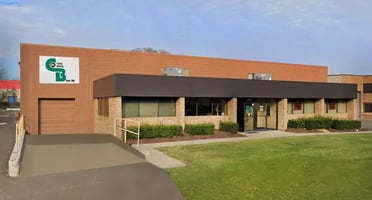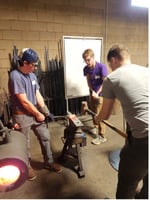Elizabeth, PA, November 9, 2023 – Chiz Bros., a provider of custom solutions for refractory and...
Choosing the Best Refractory Insulation Requires Focus & Collaboration

In these times of cost consciousness, the refractory insulation choices you make for optimizing energy usage can have a significant effect on your bottom line. Those insulation choices are also relevant for protecting expensive-to-replace furnace door linings and seals, as well as seals and gaskets, which are continually subjected to high temperatures. When selecting an insulation, it is important to answer these key questions:
- How does the temperature of the material relate to the application?
- How much shot (non-fiberized particulate) does the insulation contain?
- What is the density of the fiber?
- How much tensile strength does the insulation have?
At Chiz Bros., we are happy to help you answer those questions and run the calculations, as well as explain, in as much detail as you would like, the pros and cons of the groundbreaking Durablanket LT and LTZ. To save you lots of research time in the short term, and significant amounts of money in the long term, we want to highlight the new advancements in fiber blanket that showcase increased performance and thermal efficiency. Unifrax’s new Durblanket LT and Durablanket LTZ sets a new standard for ceramic fiber blanket.
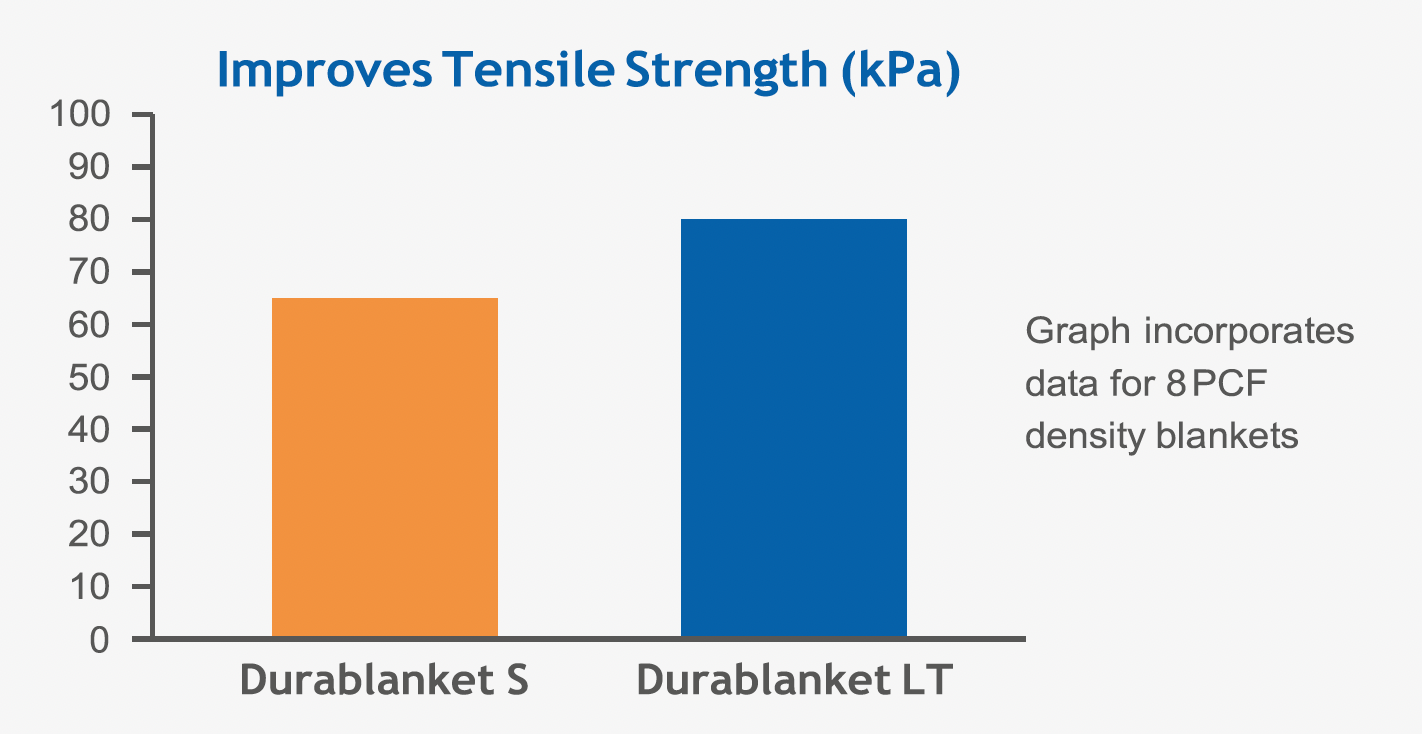
Other evidence of Durablanket’s superior insulation properties include 20% lower thermal conductivity and an ability to withstand temperatures up to 2450°F. To put it another way, Durablanket LT delivers the same insulation performance at 6 lbs./ft3 as a standard 8 lbs./ft3 ceramic fiber blanket product. That is a weight savings of 25% which means lower costs for you and less stress on casings and components. These line graphs show the significant energy savings (17%) that you can realize from using Durablanket.
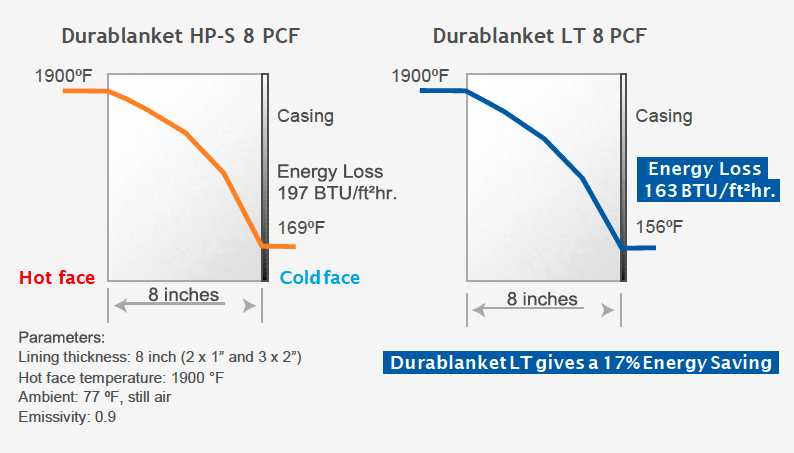
More Fiber, Less Shot
Compared to standard refractory ceramic fiber (RCF) blanket, Durablanket LT has a higher fiber index, which means that it contains less shot, a byproduct of the fiber manufacturing process that is not an efficient blocker of thermal radiation. Specifically, Durablanket has 30% more fiber per unit mass and fewer large shot particles, which allows the small shot to be “locked away” from the surface so there is a minimal number of free particles in the fiber’s matrix. The result is longer lifetime in high vibration, high temperature environments. What’s more, Durablanket has a softer feel which makes it easier to install in blanket and module formats alike.
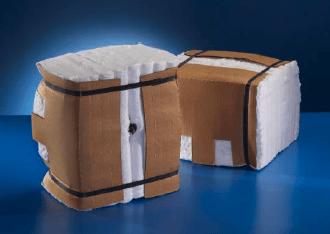
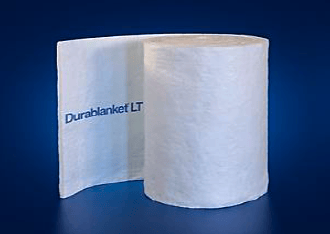
Durablanket in Action
When one of our customers was designing an insulation lining for an ethylene cracking furnace that complies with rigorous American Petroleum Institute (API) standards, they compared conventional RCF materials with Durablanket. Each furnace section needed to satisfy a 167°F cold face requirement to comply with API Standard 560 (Fire Heaters for General Refinery Services). Application conditions included 115° ambient temperatures (a desert environment), 8 ft./sec. wind speed, and 0.9 emissivity. A preliminary heat flow analysis showed that the cold face temperature requirement would be difficult to achieve under those harsh conditions. The customer initially thought of using a conventional RCF lining (RCF modules and a back-up blanket) with a microporous backup option, but that choice proved to be cost-prohibitive. The customer then turned to us for help, and we recommended Durablanket LT based on the product’s fiber density, durability, tensile strength, and heat resistance. Here is an illustration of the three options we provided to the customer, who chose Option 3.

The Benefits
Our Durablanket solution eliminated the need for microporous insulation, which saved the customer a significant amount of money on raw materials and a large amount of time by avoiding the labor-intensive process of installing microporous blanket or modules. The solution also meets the difficult cold face requirements that RCF cannot, including compliance with API standards and with project design constraints. Overall, Durablanket LT and LTZ offer a way for customers to reduce their gas consumption and lower their carbon footprint while getting a better performing furnace lining. To determine the best refractory insulation for your production environment…

